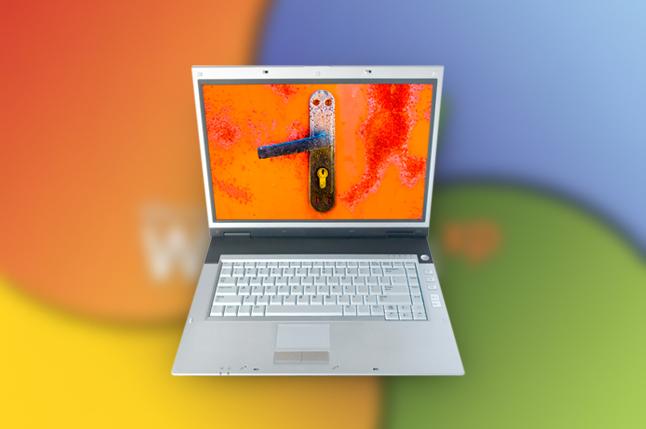
Microsoft ends support for Windows XP on April 8, 2014. Leaving Windows XP unsupported will open organizations to a risks as the severity of security exploits grow, and continued support from Microsoft will be costly.
How many organizations as per your estimate are still using Windows XP?
Almost every organization will have some XP left – there’s lots of Windows 95 running in hospitals. But overall, when support ends, we estimate that 20-25 percent of enterprise systems will still run XP and that one third of enterprises will have more than 10 percent of their systems remaining on XP.
How should companies still running XP address security issues?
1) Have a plan to get rid of it ASAP.
2) Reduce user rights on the machines, restrict the PC to run only “known good” applications, and minimize web browsing and email use on the PCs.
3) Move critical applications and users to server-based computing. Where users or applications can’t be moved for regular use due to licensing, cost, or capacity issues, have the applications installed for server access in case of emergency.
What are some other risks for a company still on Windows XP after April 8?
Even in organizations without Windows XP, a user that puts an unpatched Windows XP machine on the network can introduce problems.
What are the key considerations for organizations to address before beginning a migration?
While most apps now support Windows 7, it’s possible an organization has very old applications or versions that don’t. Application testing is of paramount concern. Organizations need to decide whether to deploy Windows 7 or Windows 8. A migration to Windows 7 will likely be faster, but one to Windows 8 will have more longevity – Windows 7 support ends in January 2020, less than 6 years away, and organizations that are so late on Windows XP should not get into the same situation with end of Windows 7 support. For many, the best alternative would be to deploy Windows 7 for the most critical users and applications now and working to be able to start deploying Windows 8 starting early in 2015.

 In
In
Add new comment